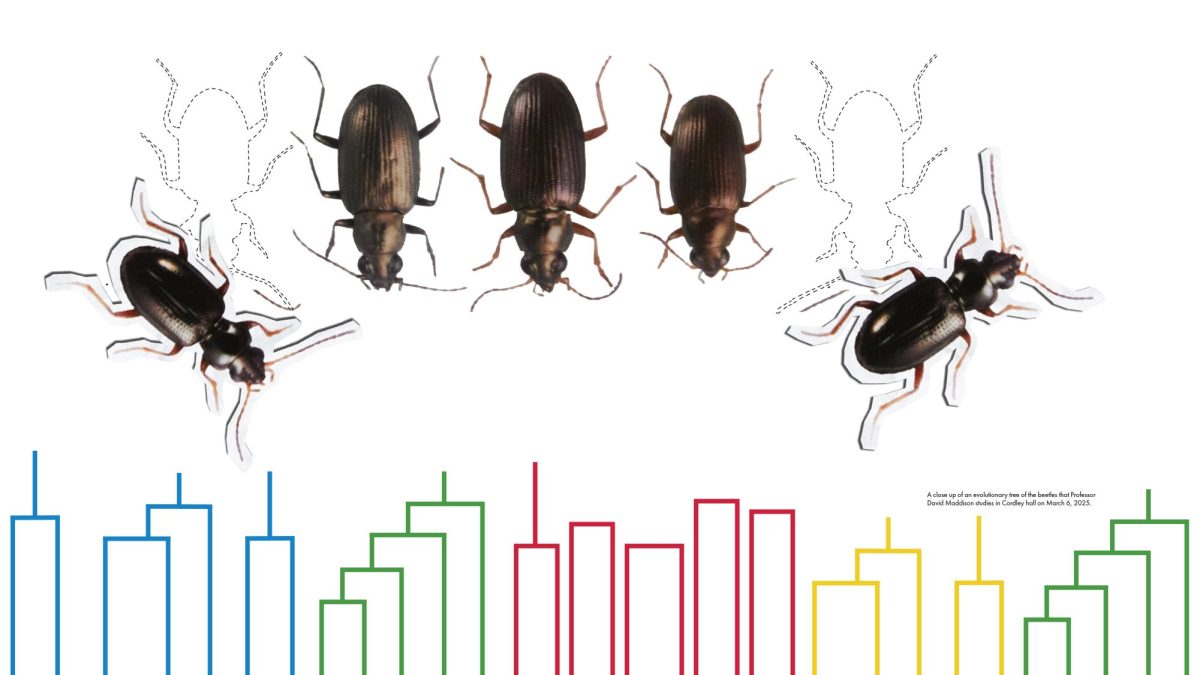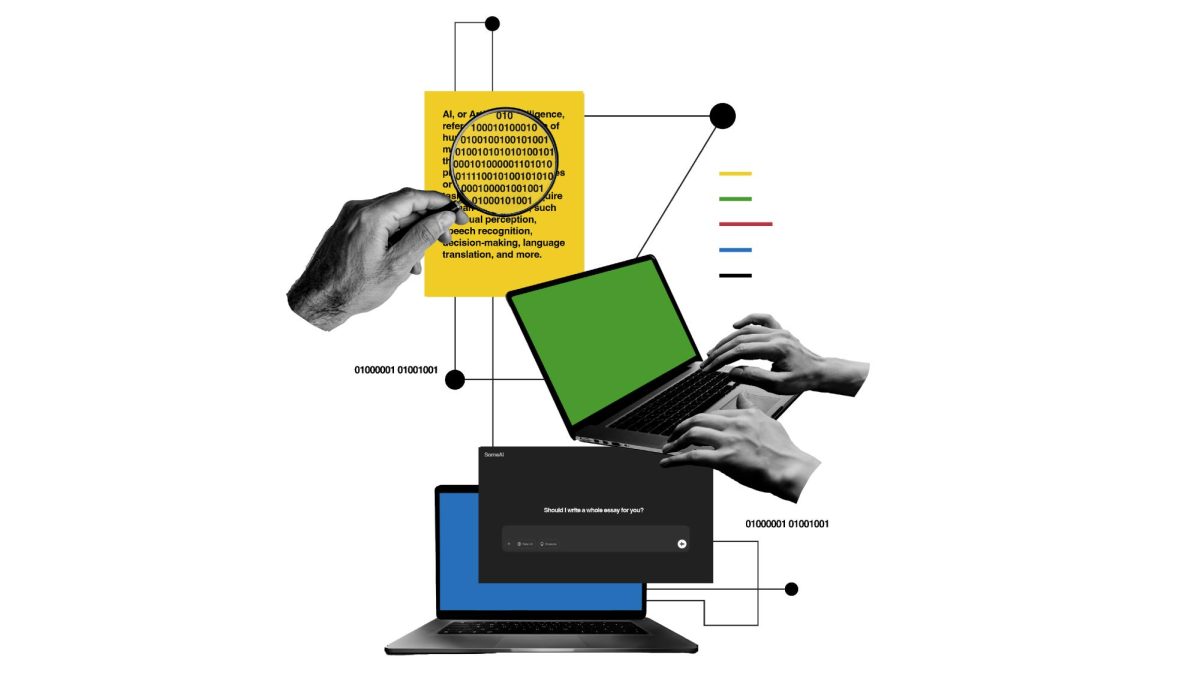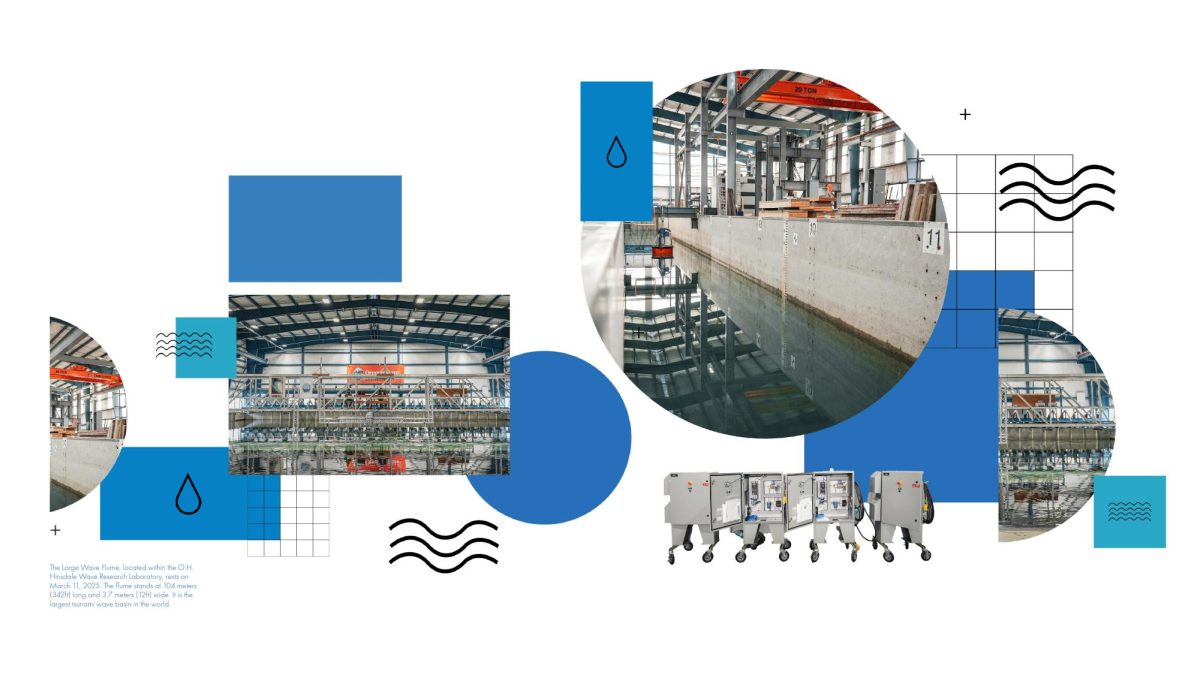Pinot noir, pinot gris, chardonnay, riesling, syrah — Oregon grows at least 100 different types of wine grapes, producing a global wine industry that makes up a large part of Oregon’s economy.
Unfortunately, Oregon was also labeled a top wildfire priority in the United States by KOIN 6 News in 2024.
Although the fires on their own do damage enough, destroying acres of natural forest, the smoke that the fires produce can have a disastrous effect on the growing grapes that spread across Oregon.
At Oregon State University, the Smoke, Wine and Grapes Analytical Chemistry Lab is working to find ways to mitigate the effects of smoke-affected wine grapes.
“In 2020, when the wildfires occurred, it was probably one of the worst events that the West Coast had seen in terms of wildfires,” said Cole Cerrator, senior researcher in the Smoke, Wine and Grapes Analytical Chemistry Lab at OSU.
The effects of the wildfires were proportionally severe to wine production, especially with the timing in terms of grape production and grape picking, according to Cerrato. It was also difficult for vineyards to get workers to pick the grapes and to get the grapes tested.
“2020 rolls around and the entirety of the West Coast is covered (in smoke),” Cerrato said.
The 2020 wildfires contributed to a 29% reduction in grape production, producing around 30,000 tons less grapes than in 2019, according to the Oregon Wine Board’s 2020 Oregon Vineyard and Winery Report.
According to smoke exposure research done at OSU, compounds from the smoke fuel are released into the air and absorbed by the grapes, causing the compounds to be metabolized and affect the flavor of the wine produced.
“Unfortunately, with smoke getting into grapes, it’s not as easy as just popping a grape into your mouth and seeing if it tastes smoky,” Cerrato said. “It’s something that comes out in the fermentation process. And even then, there’s some trickiness to it, because if it doesn’t come out in the fermentation process, it can also come out in the aging process.”
Winemakers can go to different facilities to test for these flavor-altering compounds, Cerrato said. But regardless of when it comes to a head in the production process, the taste of the wine will inevitably be affected by the smoke.
At best, it can have a smoky hint to it. Elizabeth Tomasino, associate professor and team lead of the smoke-affected wine grape lab, has found that some people can enjoy the smokiness if the compound is right at the threshold.
In other cases, the affected taste can be overwhelming.
“When it reaches that threshold and goes way, way, way above, it can go from smoky to like licking an ashtray,” Cerrato said.
The biggest challenge in dealing with smoke-affected wine grapes is that winemakers never know how the taste will be affected, and they are often looking for a specific profile that becomes disturbed by the smoke taste.
This uncertainty can be an enormous hindrance to smaller vineyards who cannot afford to waste the money and energy on a batch ruined by the smoke.
“(Vineyards) need to understand the chemistry of what’s going on before they start doing a lot of the processing,” Cerrato said.
This is where research like the kind conducted in the Smoke, Wine and Grapes Analytical Chemistry Lab comes into play.
“Wine is such a big commodity here,” said Emilie Etchart, an undergraduate researcher in the Smoke, Wine and Grapes Analytical Chemistry Lab.
In fact, the industry is estimated to have brought in around $8.169 billion dollars in 2022 in wine-related income.
“It’s so important that … viticulturists and vineyard owners have the means to fund their lives. They’ve given up a lot of time and effort and money into (making wine) — it’s their child basically. To see crops get thrown away because of big catastrophic smoke events, it’s hurting the economy in terms of (them) losing their yield,” Etchart said.
Vineyards across Oregon send their juice, wine and purée samples to the wine lab at OSU, to undergo analysis that monitors the amount of certain compounds present within the samples and the effects they could have on the end product.
The main method to test samples in the wine lab involves many steps and careful attention.
It all starts and ends with phenols, volatile compounds found in smoke-affected grapes. Phenols exist all over organic life, either bound to other molecules or moving freely. Phenols are difficult to detect when they are bound to other molecules but when they are unbound and alone, they are overtly observable.
Research shows that these phenols are essential to understanding the flavor chemistry of the smoke-affected grapes.
Phenols can be observed using a solid phase extraction method, a process used by chemists to determine just what they’ve got in a sample.
Researchers in the OSU Wine Lab take a sample of wine and centrifuge it down to separate the solid organic matter from the actual liquid, because only the liquid can be analyzed. Then, they mix the liquid sample with other chemicals in order to prepare it to go through the high-performance liquid chromatography or gas chromatograph-mass spectrometer.
Within these precise analysis machines, the molecules that make up the liquid become observable as peaks on a graph. While inscrutable to a non-specialist, the researchers read these graphs to determine the makeup of the liquid, and how it matches up to other smoke-affected grapes.
Analysis is most of what the lab does, according to Etchart. But what can be done about the negative effects of smoke on wine grapes?
OSU’s Wine Lab worked in collaboration with Washington State University and identified thiophenols — a certain type of phenol — as the compounds that create the smoky flavor in wine made from the affected grapes.
Thiophenals are chemical derivatives of the phenols contained in smoke, according to the smoke exposure research conducted by the two schools. These findings helped to open new doors in testing and mitigation.
“These chemical compounds adhere to the (grape) skin, and in the skin there’s a little bit of chemistry going on. It’s not just static, it’s actually doing … something,” Cerrato said.
During the fermentation process, these phenols undergo chemical processes that make their taste discernable, resulting in a smoky wine.
“It’s hard to mitigate exposure, because you can’t really move your vines, you can’t really put your grapes inside. You just kind of have to roll with it. So I think the wine industry here has been very adaptive to smoke events, they just have to deal with what comes at them,” Etchart said.
Although there hasn’t been research supporting the idea that anything can be done about smoke-affected wine grapes while still on the vine, there are some techniques that winemakers have employed to cope with the affected wine.
One step wineries have taken is simply blending vintages to mask the taste of the smoke, creating a new yield without the strong, smoky flavor.
Although the Smoke, Wine and Grapes Analytical Chemistry Lab has made considerable progress since its hard opening in 2024, there is always more work to be done for the future of smoke-affected grape research.
“What we hope to provide — specifically through the lens of smoke research — is what else can we do? What else can be done in order to ensure that the winemakers have enough information to mitigate the impacts of smoke?” Cerrato said.
The wine lab is currently working on many projects, according to Cerrato, between different departments at OSU and the larger world of wine-related researchers.
“A lot of this research is collaborative between universities. There’s no way we can’t be, because we grow in collaboration. It’s such a big and important part of research in any field. You have to look at other people to learn,” Etchart said.
The lab will continue to work with other universities to uncover more information on the smoke-affected grapes and the wine they produce, for future research and the health and enjoyment of the industry’s consumers.



















